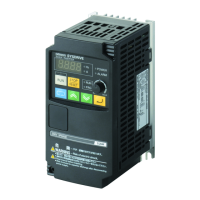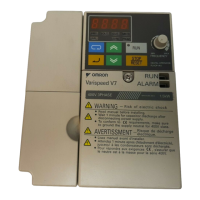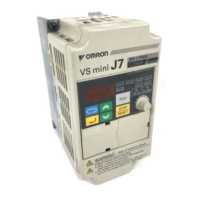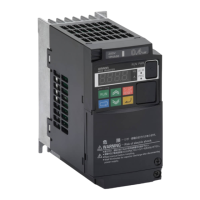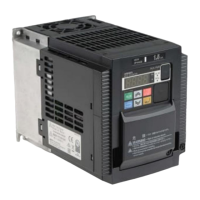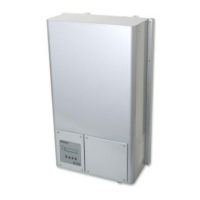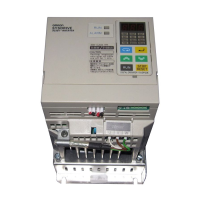7 - 5
7 Advanced Settings
High-function General-purpose Inverter RX2 Series User’s Manual
7-2 Selection of Motor Control Methods
7
7-2-1 V/f Control (Constant Torque Characteristics)
7-2 Selection of Motor Control Methods
It is suitable when constant torque is required regardless of the rotation speed of bogies, conveyor and
crane, etc.
With constant torque characteristics, the output voltage is outputted proportionally to a given command
frequency along the straight line drawn from the point 0 Hz/0 V to the intersection of the base frequency
and the rated voltage.
The output voltage corresponding to a frequency range from 0 Hz to the base frequency is determined
proportionally to the given frequency, but the output voltage corresponding to a frequency range from
the base frequency to the maximum frequency is constant irrespective of the frequency.
Use of the manual boost function renders the output voltage higher than that on the basic proportional
line by the boost voltage.
The manual boost function is effective in the cases of low speeds and insufficient torque.
• When a motor is hunting and vibrating, an adjustment of the stabilization constant, 1st-motor
[HA110] may improve the state of the motor.
• When a single inverter runs multiple motors and the motors are vibrating, a downward adjust-
ment of the stabilization constant, 1st-motor [HA110] may stabilize the state of the motors.
7-2-1 V/f Control (Constant Torque Characteristics)
Output voltage (V)
Rated
voltage
Base frequency Maximum
frequency
Command
frequency (Hz)
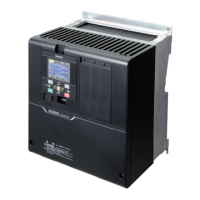
